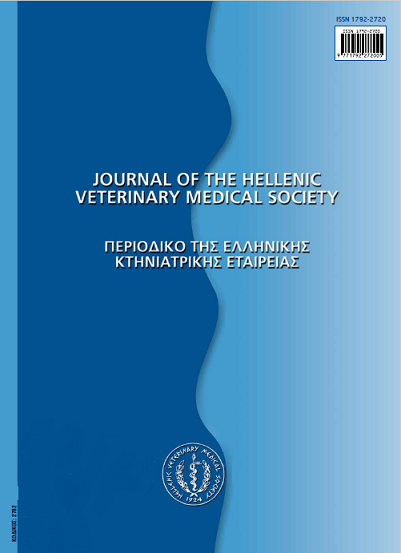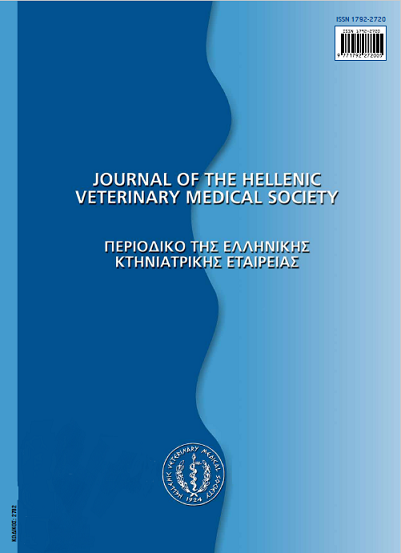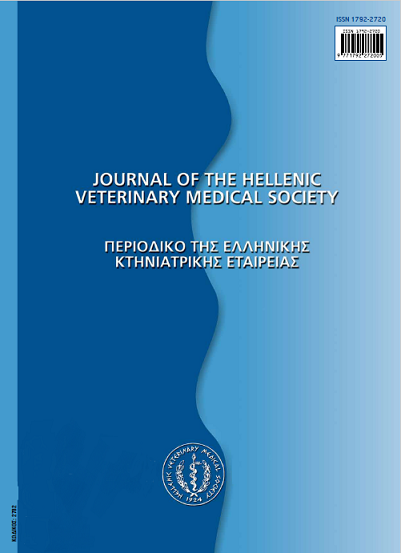Seroprevalence of Mycobacterium avium Complex in Wild Mammals in the Iberian Peninsula

Abstract
A retrospective serologic survey was conducted for antibodies against MAC in a random sample of 623 free-ranging wild mammals killed on roads and by hunters, or found dead in east-central Portugal. Animals were tested for antibodies to Mycobacterium avium complex with a commercial enzyme linked assay. The seroprevalence of Mycobacterium avium complex infection was 4.7% (n=29; CI 95%: 25.4 - 32.7%). Antibodies against MAC were detected in 4 out of 11 animal species included in this study, consisted of 1/42 red fox (Vulpes vulpes) (2.4%; CI 95%: 0.0-4.0%), 1/6 Eurasian otter (Lutra lutra) (16.7%), 1/3 European badger (Meles meles) (33.3%), and 26/109 wild boar (Sus scrofa) (23.9%; CI 95%: 17.8-34.2%). Infection was found in three taxonomic families: 2.4% (CI 95%: 0.0-4.0%) in Canidae, 16.7% (CI 95%: 0.0-37.8%) in Mustelidae, and 23.9% (CI 95%: 17.8-34.2%) in Suidae. No positive sera were found in the common genet, Egyptian mongoose, beech marten, hedgehog, wild rabbit, red deer or fallow deer. Results of the present study indicate that antibodies against MAC were present in wild carnivores and wild boars in Iberian Peninsula. According to the test sensitivity and specificity claimed by the manufacturer, the true prevalence Mycobacterium avium complex infection among wild mammals in the Iberian Peninsula was calculated to be between 10.7% and 13.6%.
Article Details
- How to Cite
-
MATOS, A. C., FIGUEIRA, L., MATOS, M., PINTO, M. L., & COELHO, A. C. (2018). Seroprevalence of Mycobacterium avium Complex in Wild Mammals in the Iberian Peninsula. Journal of the Hellenic Veterinary Medical Society, 66(3), 177–184. https://doi.org/10.12681/jhvms.15861
- Issue
- Vol. 66 No. 3 (2015)
- Section
- Research Articles

This work is licensed under a Creative Commons Attribution-NonCommercial 4.0 International License.
Authors who publish with this journal agree to the following terms:
· Authors retain copyright and grant the journal right of first publication with the work simultaneously licensed under a Creative Commons Attribution Non-Commercial License that allows others to share the work with an acknowledgement of the work's authorship and initial publication in this journal.
· Authors are able to enter into separate, additional contractual arrangements for the non-exclusive distribution of the journal's published version of the work (e.g. post it to an institutional repository or publish it in a book), with an acknowledgement of its initial publication in this journal.
· Authors are permitted and encouraged to post their work online (preferably in institutional repositories or on their website) prior to and during the submission process, as it can lead to productive exchanges, as well as earlier and greater citation of published work.




